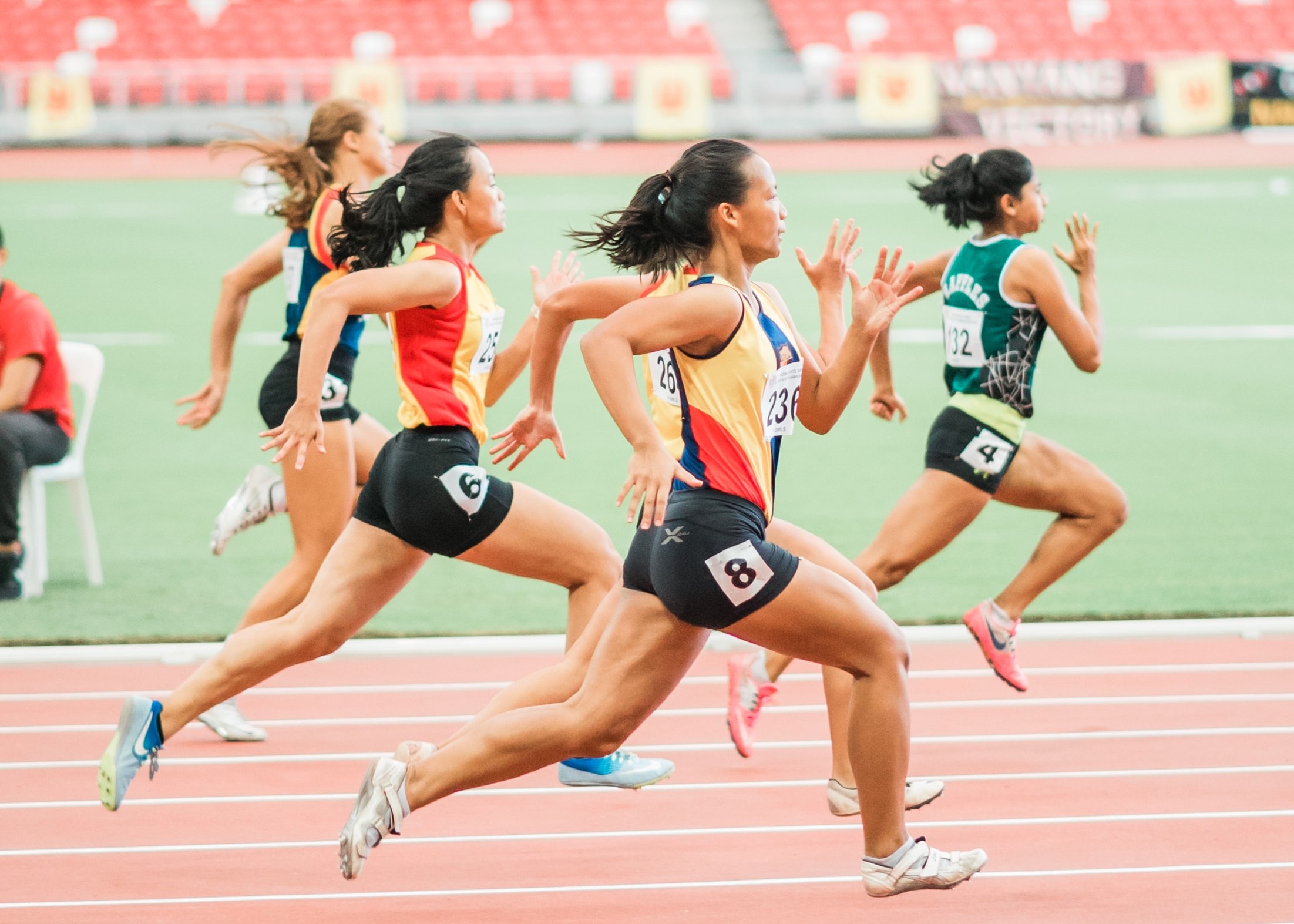Evaluating anthropometric characteristics is extremely important when prescribing training, either with a focus on physical activity or high sports performance. Among the anthropometric measures, we can cite body composition, somatotype, body mass, height, wingspan, limb length, bone diameters, perimeters, among others.

Running
In sport, we know that these anthropometric differences can somehow predict performance in competitions, mainly in sports that have a greater dependence on these factors. For example, East African long-distance runners, who had higher performance and better running economy, have been observed and reported to have greater lower limb length than athletes from other regions (1–4). Statistically, this shows a positive correlation between absolute leg length and running performance, and economy in these long-distance runners (5,6).
The reason for this is because the length of the leg affects precisely the length of the stride, that is, the distance reached between one stride and another, so athletes with longer legs guarantee greater efficiency with less energy expenditure (7). In this way, leg length can be an important morphological and anthropometric factor in achieving higher levels of performance in long-distance running (8).
Resistance Training
In the case of strength exercises or sports such as Weightlifting and Powerlifting, the different anthropometric characteristics of individuals can also affect performance, both in competition and in relation to the training prescription. In the performance of the Deadlift exercise, it was found that individuals with greater trunk size/height in relation to total height had a higher level of maximum strength in the Sumo-style deadlift, while athletes with smaller trunk size/height in relation to total height performed better at the traditional deadlift (9).
It was also observed in this study that women demonstrated greater resistance to fatigue in a protocol of repetitions to failure test with 60% of 1RM, which can be explained by several factors such as a greater proportion of type 1 fibers, greater proportion of oxidation of fat during exercise, and greater muscle perfusion resulting in higher metabolic clearance (10). Similarly, when comparing the results on squats, individuals with a shorter femur length presented results superior to the number of repetitions in 70% of 1RM when compared to individuals with a longer femur (11).
Team Sports
To some extent, anthropometric characteristics can be predictors of greater success in sport. Some data referring to height, and length of limbs, can be crucial in sports that have a great dependence on those factors, as in volleyball and basketball. For example, in young basketball players, height and body weight have a strong correlation with the frequency of the number of rebounds when evaluated in situations of reduced court play (12). With volleyball athletes, it was verified that taller individuals have a distinct advantage in blocking, as they are able to cover more space in relation to smaller individuals, and there is also a correlation between the length of the lower limbs and vertical jump and anaerobic power in these athletes (13).
Therefore, it is important to emphasize the principle of biological individuality, where factors such as anthropometric characteristics can have a great impact when selecting individuals for the sport and prescribing training. Coaches should be aware of how those differences affect performance and should make adjustments if needed to better tailor the athletes’ characteristics.
